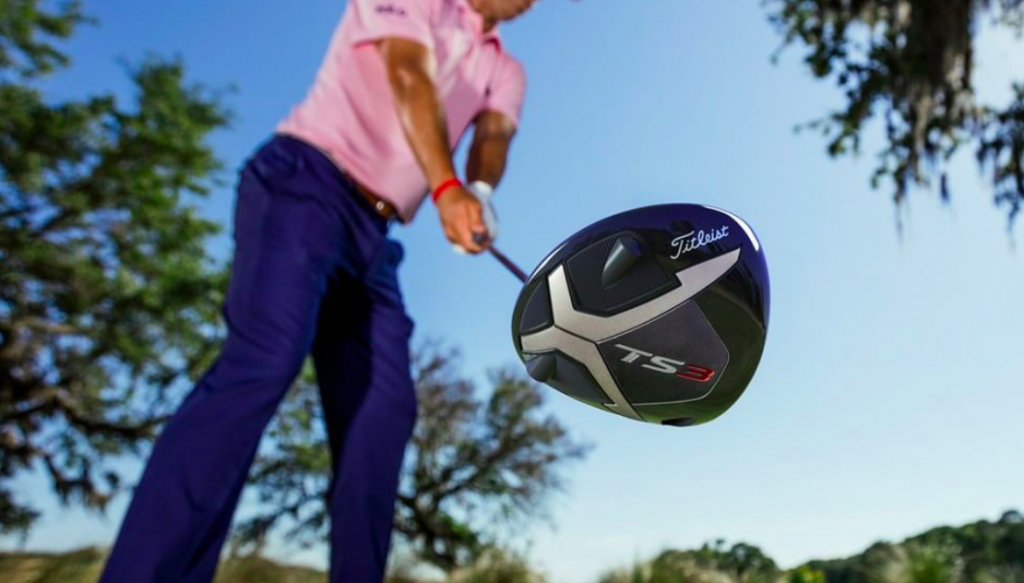Acushnet Holdings Corp. slightly lifted its full-year guidance for earnings and sales after reporting robust growth in Titleist golf clubs and solid growth in Titleist balls that led to better-than-expected third-quarter results.
In the quarter, sales gained 6.7 percent, or 7.0 percent on a constant currency basis, to $370.4 million, besting Wall Street’s consensus target of $358.7 million.
Adjusted EBITDA was $38.3 million, up 18.9 percent year over year. The adjusted EBITDA excludes a $2.5 million payment to its former CEO in connection with his retirement and other non-recurring items in both periods.
Net income decreased 23.6 percent to $7.1 million, primarily as a result of an increase in income tax expense, which was partially offset by an increase in income before taxes. The increase in income tax expense was due to an unfavorable tax adjustment of $5.1 million, related to the transition tax originally recorded in 2017, which resulted from clarifications that were issued by the U.S. Treasury during the quarter.
The higher sales volume in the quarter reflected greater sales of drivers and fairways resulting from Titleist’s newly introduced TS models and wedges and increased sales of Titleist golf balls primarily driven by a sales volume increase attributed to its AVX premium performance golf balls.
By category, sales in Titleist golf balls grew 6.0 percent (6.2 percent currency-neutral) to $121.8 million, primarily driven by a the success of the new AVX, Tour Soft and Velocity balls. Sales improved from a 2.0 percent rate seen year-to-date.
Said David Maher, Acushnet’s president and CEO, “At our core, Titleist Pro V1 golf balls continue to lead the field by a wide margin, accounting for 73 percent of balls played on the worldwide tours during the 2018 season and 71 percent of worldwide wins, including all four men’s Major Championships and all five women’s Major Championships. We believe this continued pyramid of influence validation drives dedicated golfers around the world to understand and appreciate Titleist Pro V1 as the clear performance and quality leader.”
The new Pro V1AND ProV1x debuted on Thursday.
Titleist golf clubs saw a 16.9 percent increase (17.4 percent currency-neutral) to $99.0 million. The gain was primarily driven by TS metals launched in the third quarter and higher sales volume and higher average selling prices of wedges launched in the first quarter of 2018. The launch of the TS drivers and fairways was one of the more successful and comprehensive metals introductions for Titleist with 70 percent of drivers custom fit.
In addition, the new 2018 Vokey SM7 wedges, Scotty Cameron Select putters and Titleist 718 irons all continued their strong performance in the quarter, noted Maher.
Titleist golf gear saw a 1.3 percent decrease (1.0 percent currency-neutral) to $30.5 million. The decrease was primarily due to a sales volume decline in travel gear, largely offset by a sales volume increase in Titleist gloves and higher average selling prices across all categories of the gear business.
FootJoy golf wear was down 0.8 percent (0.3 percent currency-neutral) to $100.2 million, primarily due to a sales volume decline in footwear partially offset by a sales volume increase in apparel.
On a geographic basis, consolidated net sales in the U.S. increased 10.7 percent in the quarter, to $203.2 million. The 19.7 million increase reflected gains of $10.1 million in sales of Titleist golf clubs, $4.6 million of FootJoy golf wear and $4.2 million of Titleist golf balls.
Net sales in regions outside the U.S. were up 2.1 percent to $167.2 million and ahead 2.9 percent on a constant-currency basis to $167.2 million. On a constant-currency basis, Korea was up 4.2 percent to $50.0 million and EMEA up 3.8 percent to $41.7 million.
Gross margin increased to 51.0 percent in the latest period compared to 49.8 percent in the same period a year ago. The increase was primarily driven by higher gross margins in Titleist golf balls due to higher sales volumes and higher average selling prices, partially offset by a decrease in gross margin in FootJoy golf wear primarily as a result of lower sales volume and an unfavorable mix shift in the footwear category.
SG&A expense as a percent of sales decreased slightly to 40.1 percent from 40.8 due to sales leverage. R&D expenses increased $2.0 million to $12.8 million – up to 3.5 percent as a percent of sales, up from 3.1 percent. The increase was mainly attributable to employee related costs, due in part to increased headcount.
Said Maher, “Looking forward, we are optimistic about our pipeline of new products across all categories and are confident in our ability to maintain this innovation, performance and quality momentum as we head into next season.”
For the full year, Acushnet now expects:
- Consolidated between approximately $1.62 billion to 1.63 billion, up from $1.62 billion to $1.64 billion under its previous guidance.
- Adjusted EBITDA is expected to be approximately $227 to $233 million versus $225 to $235 million previously.
Image courtesy Acushnet
















